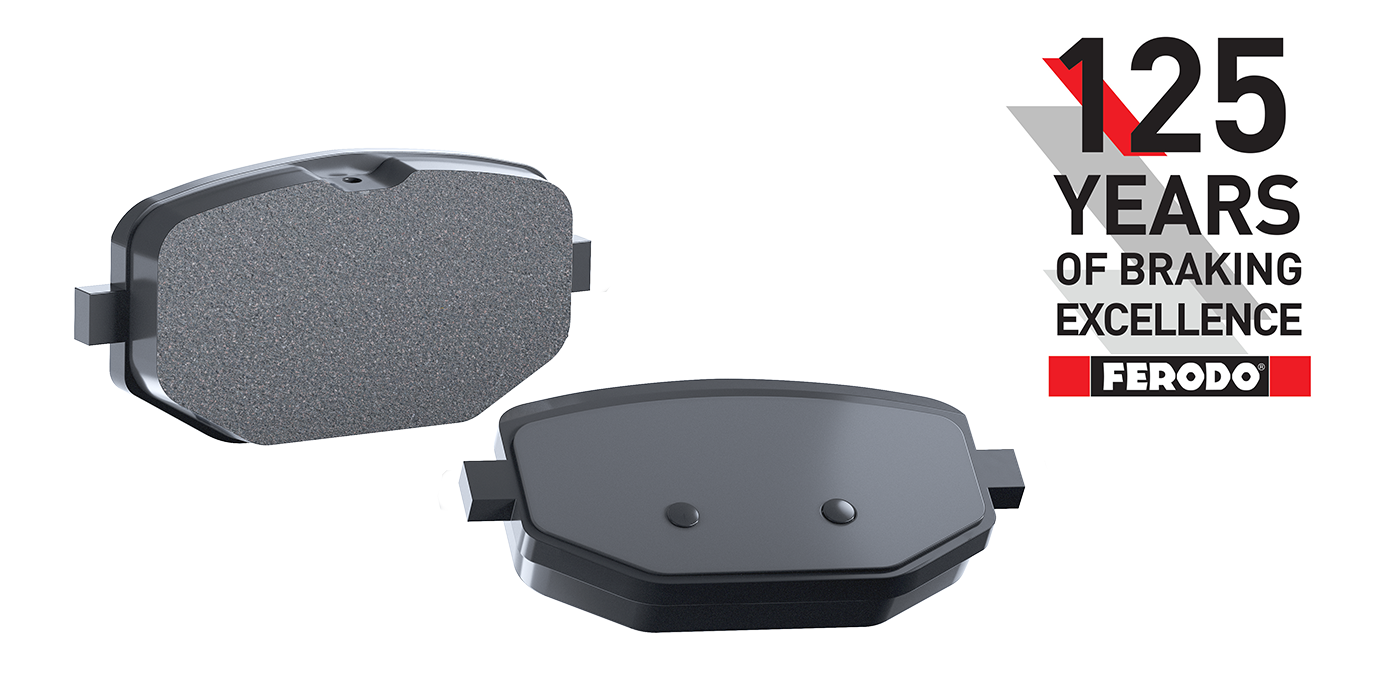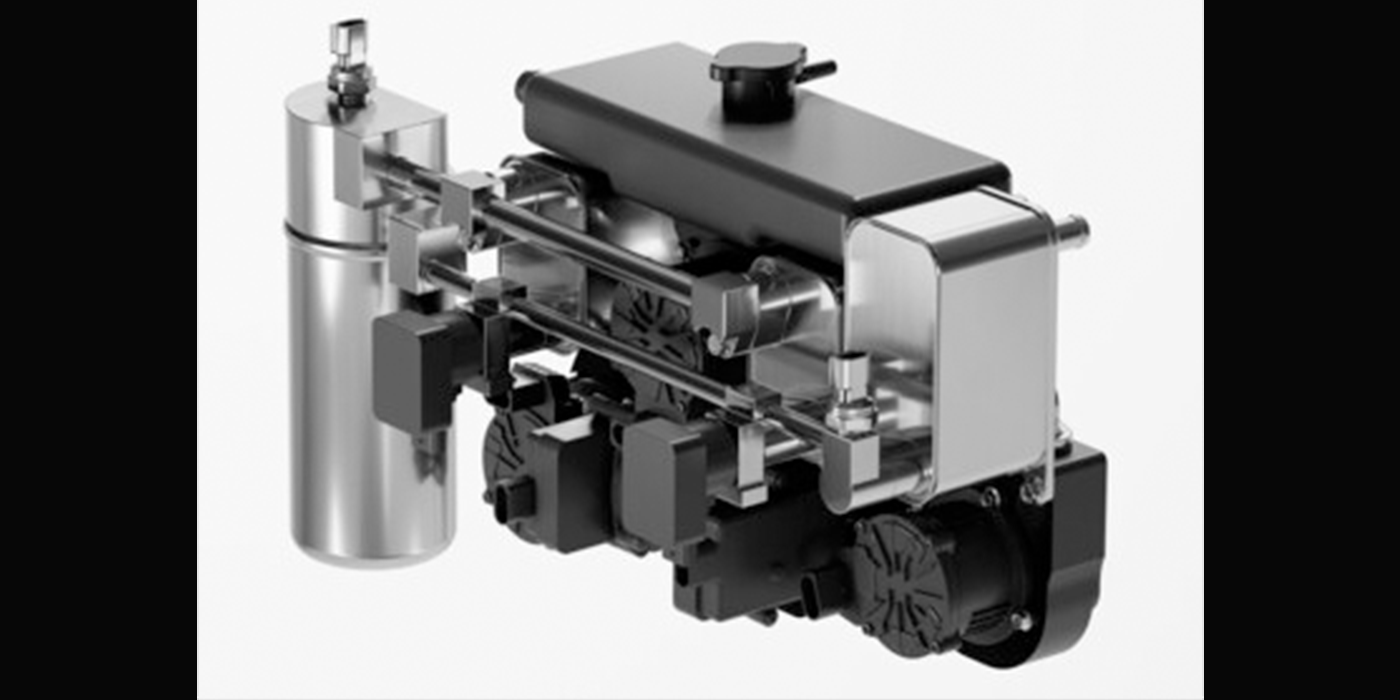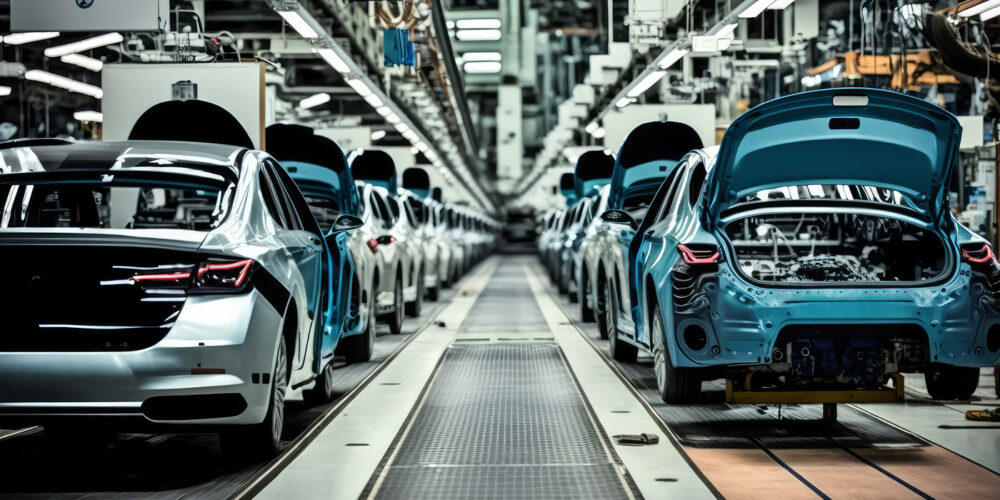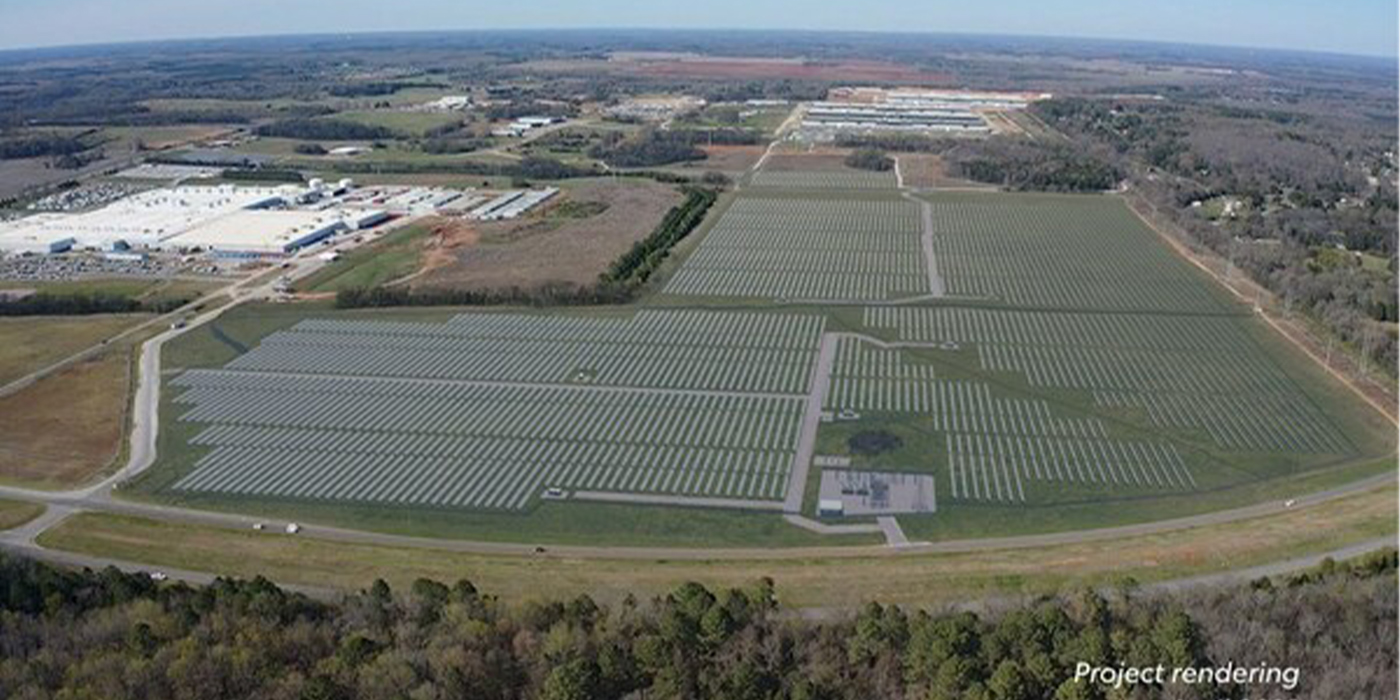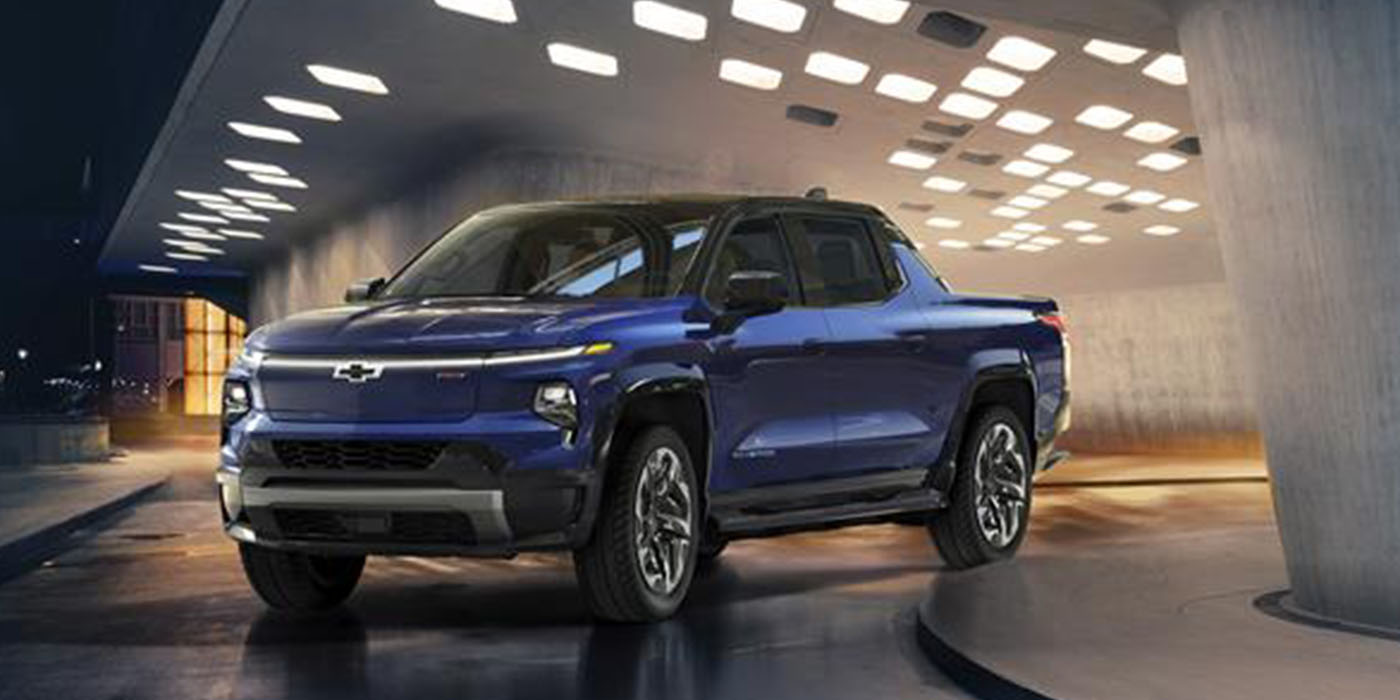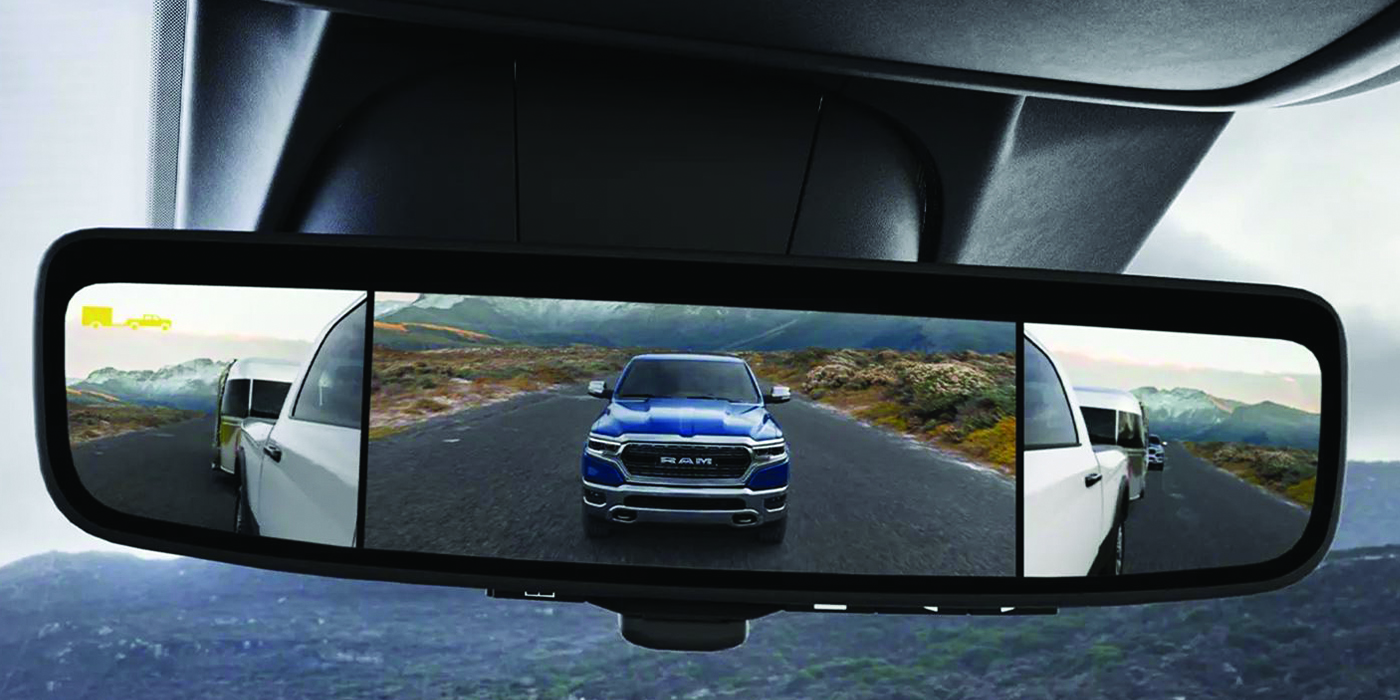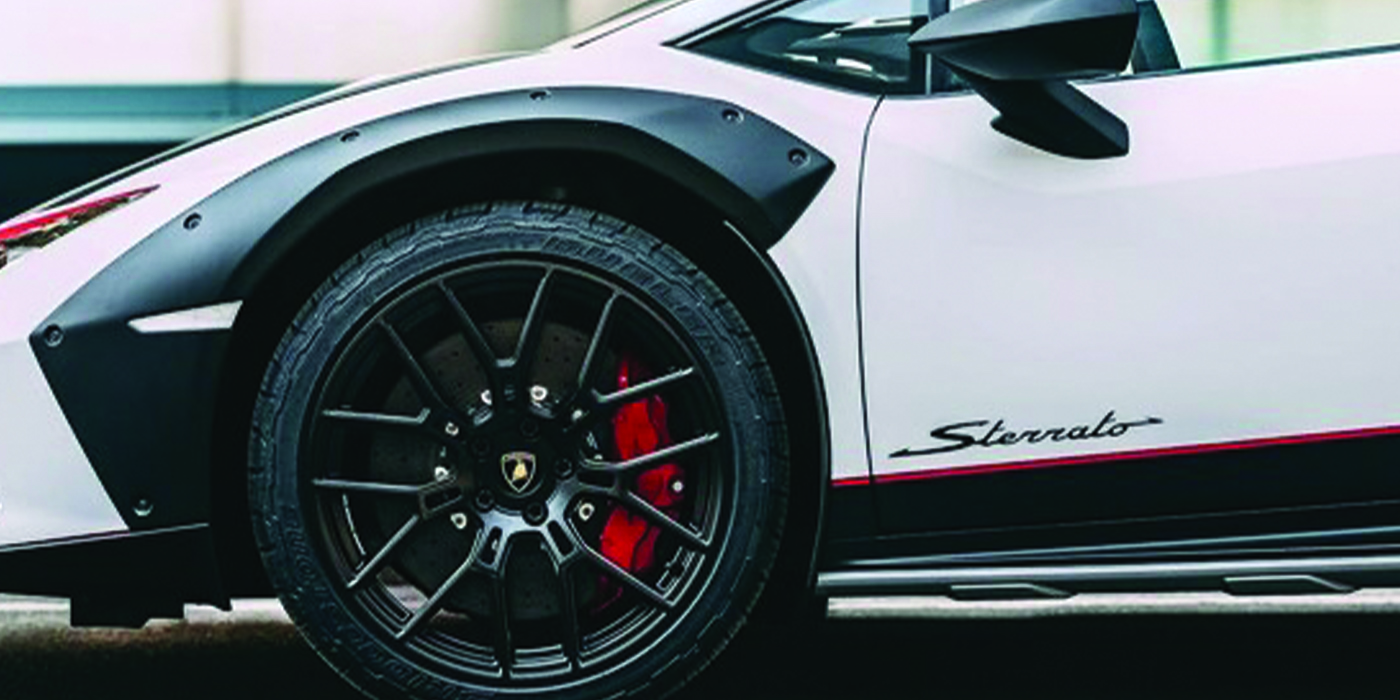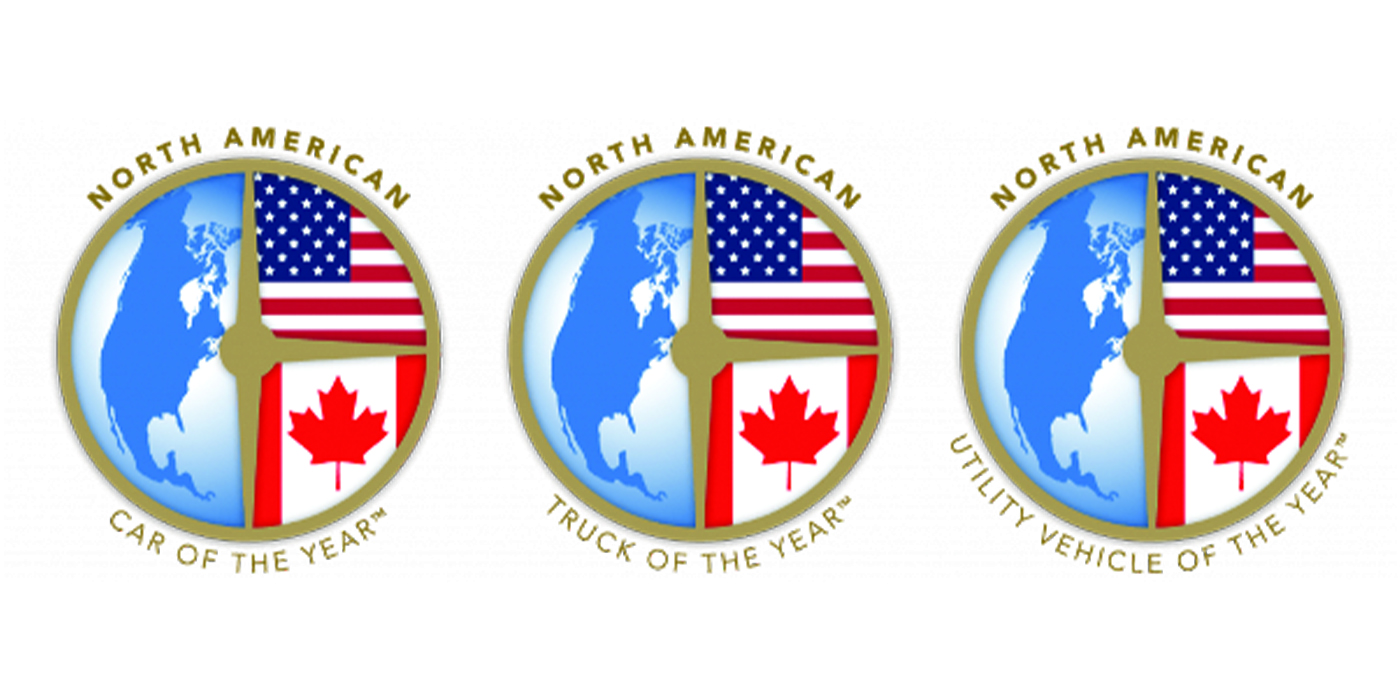From USA TODAY
LOS ANGELES — Prices of most Honda and luxury-brand Acura models being delivered to dealerships starting this week will be an average $150 higher, Honda said Monday.
Honda has said its first general price increase since 1994 is because of rising costs for steel and currency exchange factors. The sticker boost affects all models except the Acura NSX and Honda Element, Insight and Civic LX SE.
The price increase is rare for Honda, which usually saves increases for the introduction of new models. Most of the time, ”if there’s a price adjustment, it will be done then,” says Mike Spencer, spokesman for the Torrance, Calif.-based U.S. unit of the Japanese automaker.
This week’s increases add about 1 percent to the price of a car or truck, he said. Prices on Accord and Civic, the company’s two popular car lines, will rise $100 to $150. Light trucks — Pilot, Odyssey and CR-V — will get a $200 increase. Acuras will go up $200 except for the RSX, which will go up $100.
Spencer says rising steel prices have added $200 to $300 during the past year to the cost of Honda’s heavier vehicles, such as the 4,531-pound MDX sport-utility vehicle.
Automakers having to renegotiate steel contracts are seeing 15 percent to 20 percent price increases compared with last year, says Charles Bradford, steel analyst for Bradford Research/Soleil Securities. Rising prices for scrap steel and prices at steel mini-mills are factors. But Bradford adds that steel prices are a relatively small part of a vehicle’s cost, typically 2 percent to 5 percent.
While a weakened dollar can cause problems for a Japanese company, Spencer says 79 percent of Honda vehicles sold in the USA are made in North America.
Japanese automakers often shy away from constant price adjustments, says Mike Chung, pricing and market analyst for auto Web site Edmunds.com. But besides a change of models, they can find other ways to extract a little more from buyers.
Chung noted that Honda increased destination charges from $460 in October 2003 to $515 in January on the Accord, which had an average base sticker price in January of $24,878. ”Those are the little ways they bump up price,” Chung says.
Detroit automakers, on the other hand, may raise prices several times a year, balancing with demand and incentives.
Ford Motor, for instance, increased prices an average of $156 on Fords, $117 on Lincolns and $158 on Mercurys in January. The increases reflected ”looking at the competition,” says Ford spokesman Dave Reuter.
But even with the gradual increases, cars remain affordable, a Detroit-based bank said Monday.
A median-income family needed 20.6 weeks of income before taxes to buy a new vehicle in the fourth quarter of 2004, compared with 20.8 weeks in the third quarter, Comerica Bank reported.
Median family income rose 2.6 percent from the third to fourth quarters and is up 6.4 percent from a year ago, the bank said.
Copyright 2005 USA TODAY, a division of Gannett Co. Inc. . All Rights Reserved.
_______________________________________
Click here to view the rest of today’s headlines.



